The Yellowstone Supervolcano: Current Activity And Eruption Probability
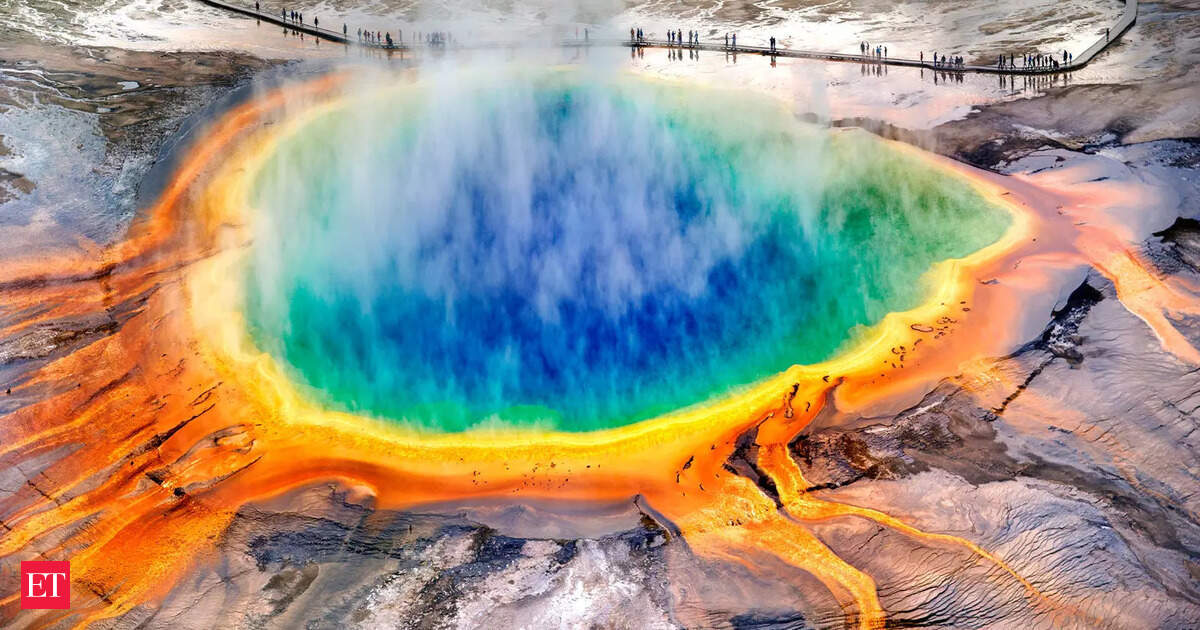
Welcome to your ultimate source for breaking news, trending updates, and in-depth stories from around the world. Whether it's politics, technology, entertainment, sports, or lifestyle, we bring you real-time updates that keep you informed and ahead of the curve.
Our team works tirelessly to ensure you never miss a moment. From the latest developments in global events to the most talked-about topics on social media, our news platform is designed to deliver accurate and timely information, all in one place.
Stay in the know and join thousands of readers who trust us for reliable, up-to-date content. Explore our expertly curated articles and dive deeper into the stories that matter to you. Visit Best Website now and be part of the conversation. Don't miss out on the headlines that shape our world!
Table of Contents
The Yellowstone Supervolcano: Current Activity and Eruption Probability
The Yellowstone Caldera, a supervolcano nestled in the heart of Yellowstone National Park, has captivated scientists and the public alike for decades. Its potential for a catastrophic eruption, capable of altering global climate and causing widespread devastation, makes it a subject of constant monitoring and intense scientific scrutiny. But what is the current activity level, and how probable is another super-eruption? Let's delve into the latest scientific findings.
Current Activity: A Restless Giant
Yellowstone's geothermal activity is undeniable. Geysers like Old Faithful erupt with clockwork precision, hot springs bubble and steam, and the ground itself is constantly shifting. This activity is fueled by a massive magma chamber located beneath the surface. However, it's crucial to distinguish between normal geothermal activity and signs of an imminent super-eruption.
The US Geological Survey (USGS) closely monitors Yellowstone's activity using a sophisticated network of instruments. This includes:
- GPS monitoring: Tracking ground deformation to detect any swelling or subsidence indicative of magma movement.
- Seismic monitoring: Detecting earthquakes, which are common in the region, providing insights into subsurface processes.
- Gas monitoring: Measuring the release of gases like carbon dioxide and sulfur dioxide, which can signal changes in magma pressure.
While Yellowstone experiences thousands of small earthquakes annually, the vast majority are too small to be felt. Significant increases in seismic activity, accompanied by other indicators like ground deformation and gas emissions, would be cause for greater concern. Currently, the USGS reports that the level of seismic activity is within the typical range for Yellowstone.
Eruption Probability: Low, But Not Zero
The probability of a super-eruption at Yellowstone is incredibly low within the next few centuries. While the volcano has experienced three super-eruptions in its history (approximately 2.1 million, 1.3 million, and 640,000 years ago), the recurrence interval is not regular and these events are extremely rare. The USGS estimates the probability of a super-eruption within the next 10,000 years at less than 1%.
However, it's important to understand that "low probability" doesn't mean "impossible." Smaller eruptions, similar to those that have occurred in Yellowstone's history, are far more likely. These eruptions, while still potentially hazardous, would be significantly less devastating than a super-eruption.
What to Expect:
Instead of a catastrophic super-eruption, Yellowstone is more likely to experience:
- Hydrothermal explosions: These are less powerful than volcanic eruptions, but can still be destructive. They involve the explosive ejection of superheated water and steam.
- Lava flows: These can pose a local threat, but are generally slower-moving and easier to predict than other volcanic phenomena.
- Continued geothermal activity: The beautiful geysers and hot springs that attract millions of visitors each year are a testament to Yellowstone's ongoing geothermal energy.
Staying Informed:
The best source for accurate and up-to-date information on Yellowstone's volcanic activity is the USGS Yellowstone Volcano Observatory (). They provide regular updates, data, and analysis, helping to ensure the public is informed about the volcano's activity and any potential hazards.
Conclusion:
While the prospect of a Yellowstone super-eruption is a captivating, and sometimes frightening, topic, it's crucial to rely on scientific data and reputable sources for information. The current evidence suggests that the risk of such an event is extremely low. However, ongoing monitoring and research are vital to ensure we understand this dynamic system and are prepared for any future changes in activity. Staying informed through sources like the USGS is crucial for responsible preparation and informed discussion.

Thank you for visiting our website, your trusted source for the latest updates and in-depth coverage on The Yellowstone Supervolcano: Current Activity And Eruption Probability. We're committed to keeping you informed with timely and accurate information to meet your curiosity and needs.
If you have any questions, suggestions, or feedback, we'd love to hear from you. Your insights are valuable to us and help us improve to serve you better. Feel free to reach out through our contact page.
Don't forget to bookmark our website and check back regularly for the latest headlines and trending topics. See you next time, and thank you for being part of our growing community!
Featured Posts
-
 Major Issues On South Western Railway Passengers Urged To Defer Travel
Jul 23, 2025
Major Issues On South Western Railway Passengers Urged To Defer Travel
Jul 23, 2025 -
 Animal Cruelty Case 400 Guinea Pigs Found In Horrible Conditions In La
Jul 23, 2025
Animal Cruelty Case 400 Guinea Pigs Found In Horrible Conditions In La
Jul 23, 2025 -
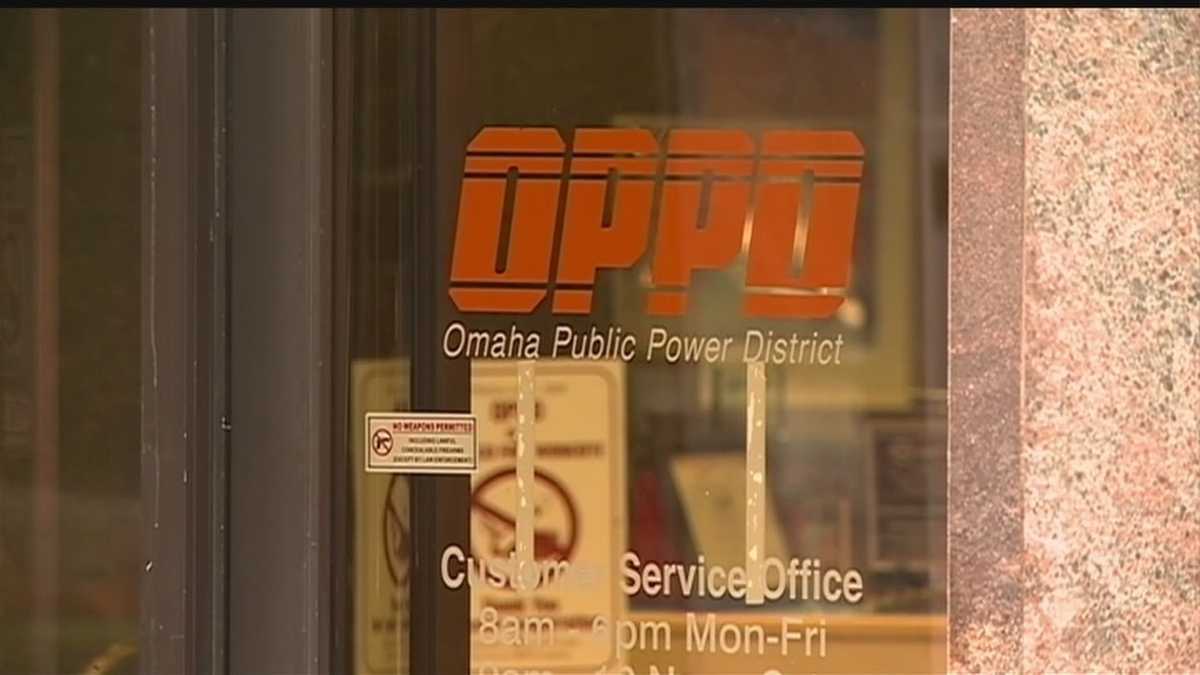 South Omaha Power Outage Oppd Reports Service Interruption
Jul 23, 2025
South Omaha Power Outage Oppd Reports Service Interruption
Jul 23, 2025 -
 Not The Flex You Think It Is Social Media Mocks Kamala Harriss Campaign Anniversary
Jul 23, 2025
Not The Flex You Think It Is Social Media Mocks Kamala Harriss Campaign Anniversary
Jul 23, 2025 -
 Fake Lafufu Labubus Chinas Response To A Thriving Black Market
Jul 23, 2025
Fake Lafufu Labubus Chinas Response To A Thriving Black Market
Jul 23, 2025
Latest Posts
-
 Mlb Game 102 Lineup Guardians Orioles July 24th 2025
Jul 25, 2025
Mlb Game 102 Lineup Guardians Orioles July 24th 2025
Jul 25, 2025 -
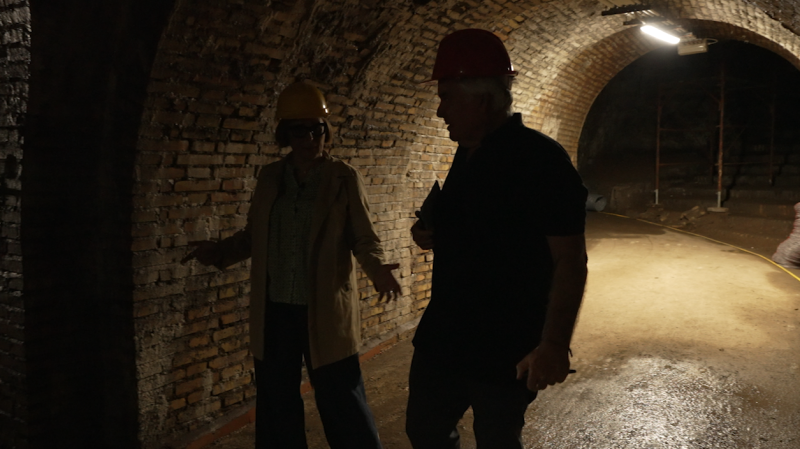 Archaeological Discovery A Secret Tunnel System Beneath Rome
Jul 25, 2025
Archaeological Discovery A Secret Tunnel System Beneath Rome
Jul 25, 2025 -
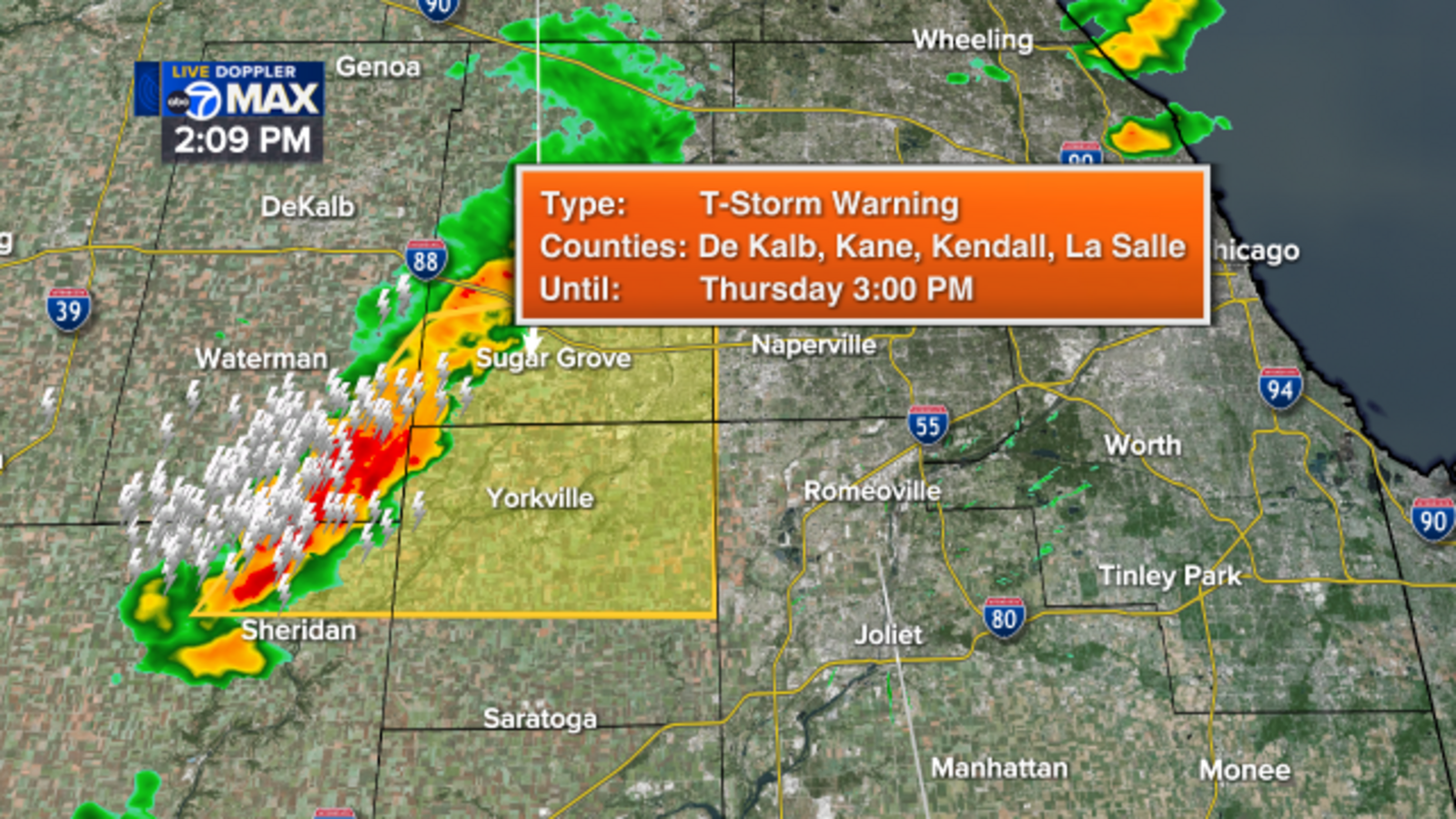 Chicago Heat Advisory 100 Heat Index Expected Thursday
Jul 25, 2025
Chicago Heat Advisory 100 Heat Index Expected Thursday
Jul 25, 2025 -
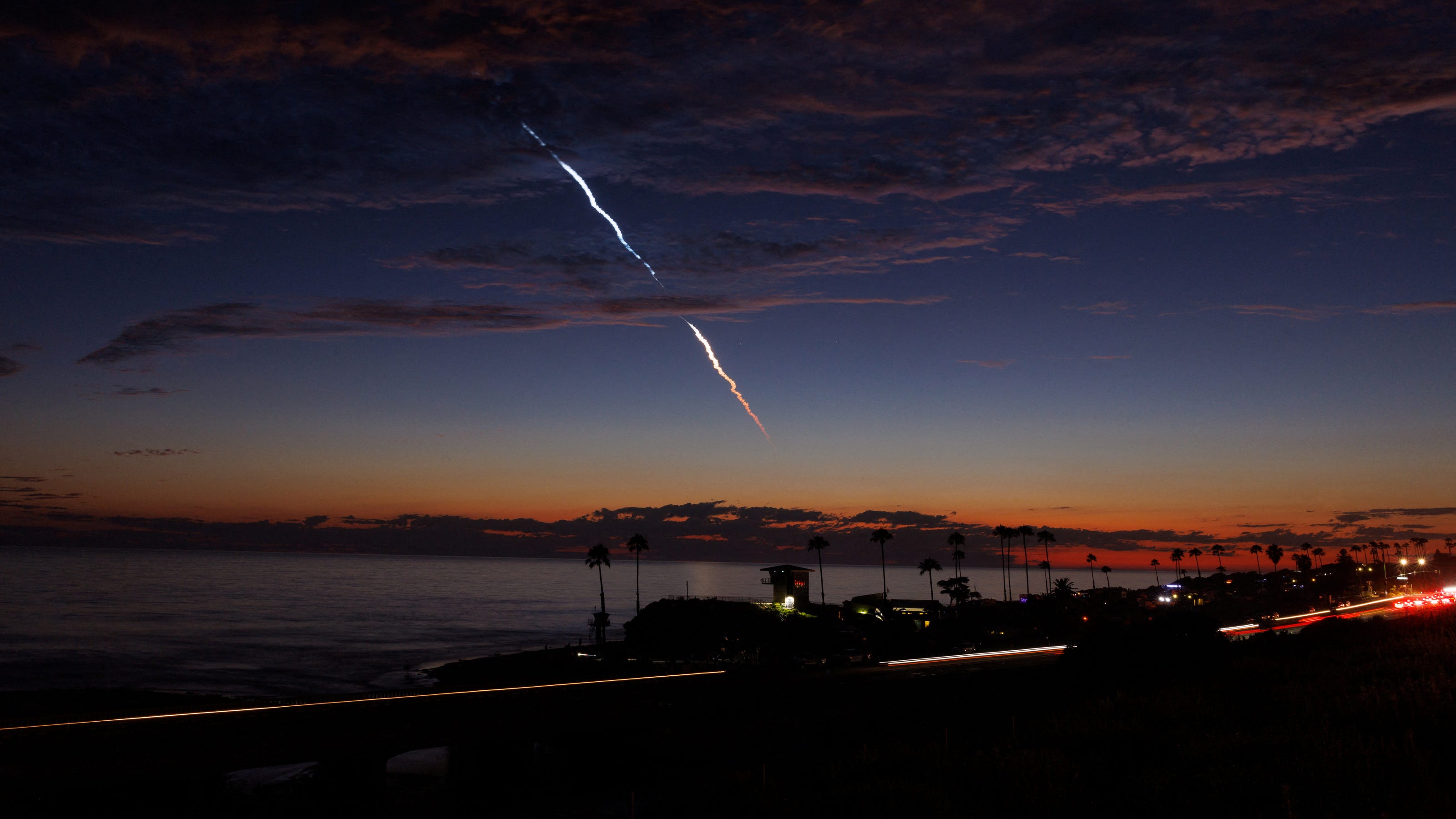 Californias Vandenberg Air Force Base Key To Space Xs Starlink Satellite Deployments
Jul 25, 2025
Californias Vandenberg Air Force Base Key To Space Xs Starlink Satellite Deployments
Jul 25, 2025 -
 American Dream Fulfilled Normandy Adventure For Two
Jul 25, 2025
American Dream Fulfilled Normandy Adventure For Two
Jul 25, 2025
